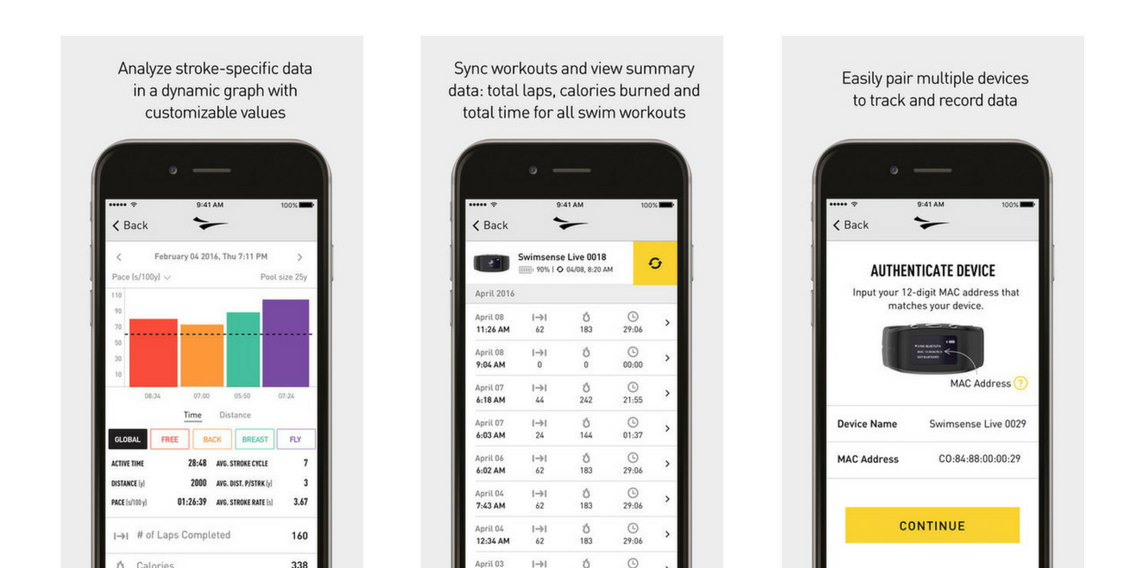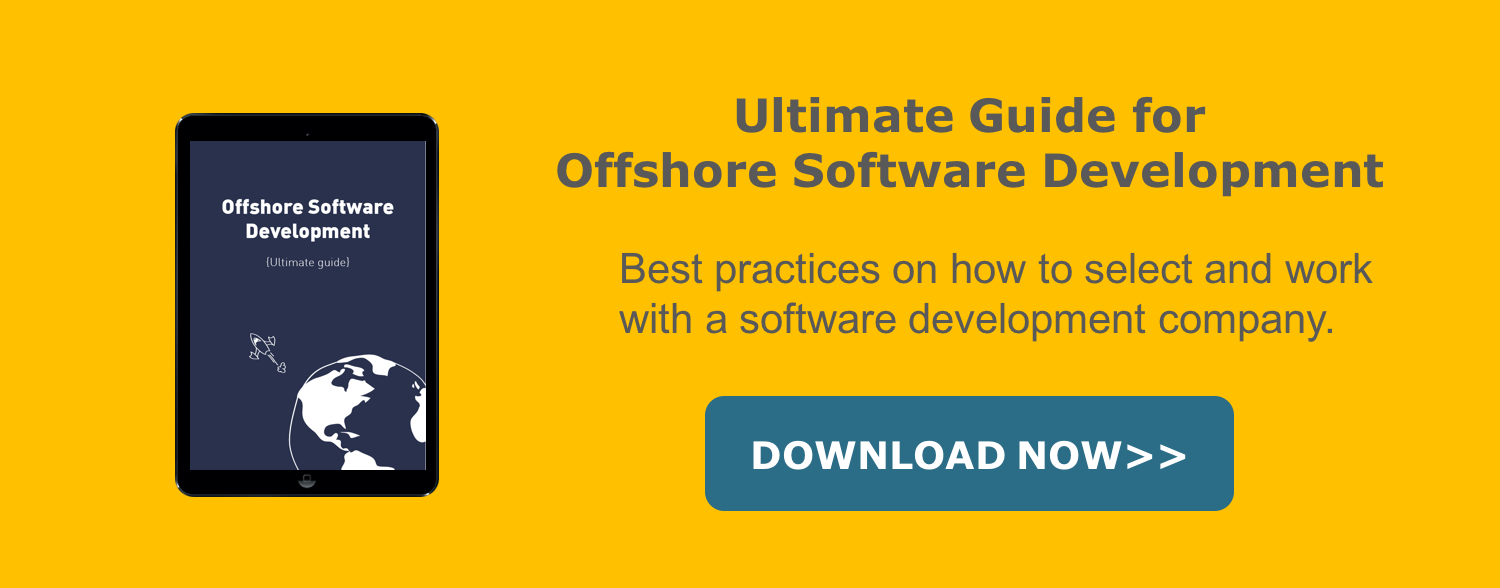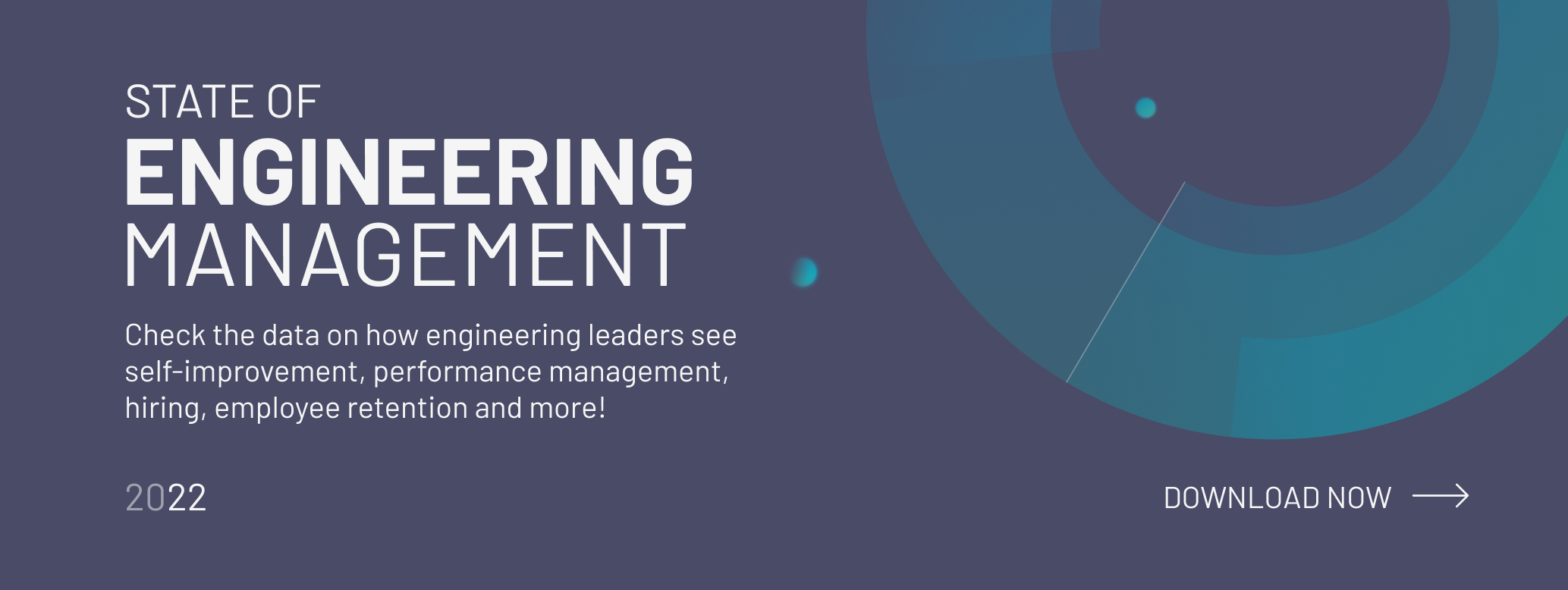
About FINIS
FINIS is a swimming brand, selling swimming goods and products to anybody who is around or in the water participating in swimming.
The company was founded in 1993, and now they’re present in 80 countries around the world with a relatively small team of 70 people.
Their specific market is providing technical training products to take anyone’s swimming to the next level.
FINIS is well known around the world as the leader in this category. As they grow towards the future, they now include swimwear, goggles and apparels as a larger part of their products.
Besides creating innovative swimming products, they wanted to help their customers get the most out of their swimming training, so they created a mobile application that increases workout quality by providing data and insights on the health benefits of swimming.

Source: FINIS
As a small team, what did they do to create a mobile app that helps swimmers further improve their performance?
Enter CJ Fiala, Marketing Lead at FINIS.
Why have you outsourced software development?

Due to our limited work bandwidth (only 70 employees in the company), it would have required much extra work for the web development team to create a mobile application from scratch. We known a lot of companies that had success with similar outsourcing projects, so we outsourced the app development and decided against expanding our web development team.
What criteria did you have in mind when selecting a software development company?

There were three important factors we considered:
- The price was among the most important ones.
- Flexibility and timing: the ability to work back and forth. As we were developing a product in parallel with the mobile app, we needed flexibility.
- Credibility: looking for companies with success in the market and had developed apps for other companies in some sort of similar capacity.
Did you encounter any challenges during the projects? What were they?

Any company that develops a mobile app encounters challenges during the project.
We had to work hard on figuring out the functionality of the app. Also, implementing graphic design was tricky, but for the most part, it went pretty seamlessly.
In collaboration with the software development company, we were in the same time zone, which made it easier to communicate. Any scenario where you work with remote workers, you should understand it will not be as simple as having someone in house. During the project, we used TeamWork to communicate and manage the project.
We definitely encountered some bumps, but it requires patience in the process and a level of trust.
How did you ensure code quality?
We had a heavy round of beta testing to make sure everything was working correctly.
What are the crucial factors that made the project successful?
The ability to stay on time and schedule was huge. We were developing our product on site while they were developing the app. So, making sure these projects work together was crucial and demanded a higher level of coordination.
As a small team, things come up and you must make changes, and the ability to adapt to those is very important.
Good and honest communication: constantly talking and responding to us when we get in touch with them. If there was an issue, they honestly communicated it to us.
Consistently sharing updates with the team about the current state of the project. It was a big plus seeing the inside process to understand the quality of their work.
What advice would you give to companies that consider software outsourcing?

Do your research and talk to people around you who have done software outsourcing before.
When you talk with an outsourcing company, always communicate openly and honestly.
Communicate all needs at the beginning of the process, since new needs arising during the project could affect the price and schedule.
Understand that it’s an open, working together collaboration, not just a one-sided thing.
Key takeaways for successful software development outsourcing:
- When talking with your outsourcing partner, always communicate honestly and openly.
- Successful software outsourcing isn’t just a one-sided project; giving the specification to the software development team and letting them do their work until the project is finished won’t lead to success. It requires constant coordination and close collaboration.
- Flexibility is required for both parties. During any app development, things easily come up that require changes and the ability to adapt.
About the author:
Tamas Torok is a marketer, helping tech companies to grow. He currently leads the marketing operations at Coding Sans and focuses on crafting high-quality, research-based content for engineering leaders. He started publishing the State of Software Development report and supports the growth of the Level-up Engineering podcast, dedicated to engineering leaders.












